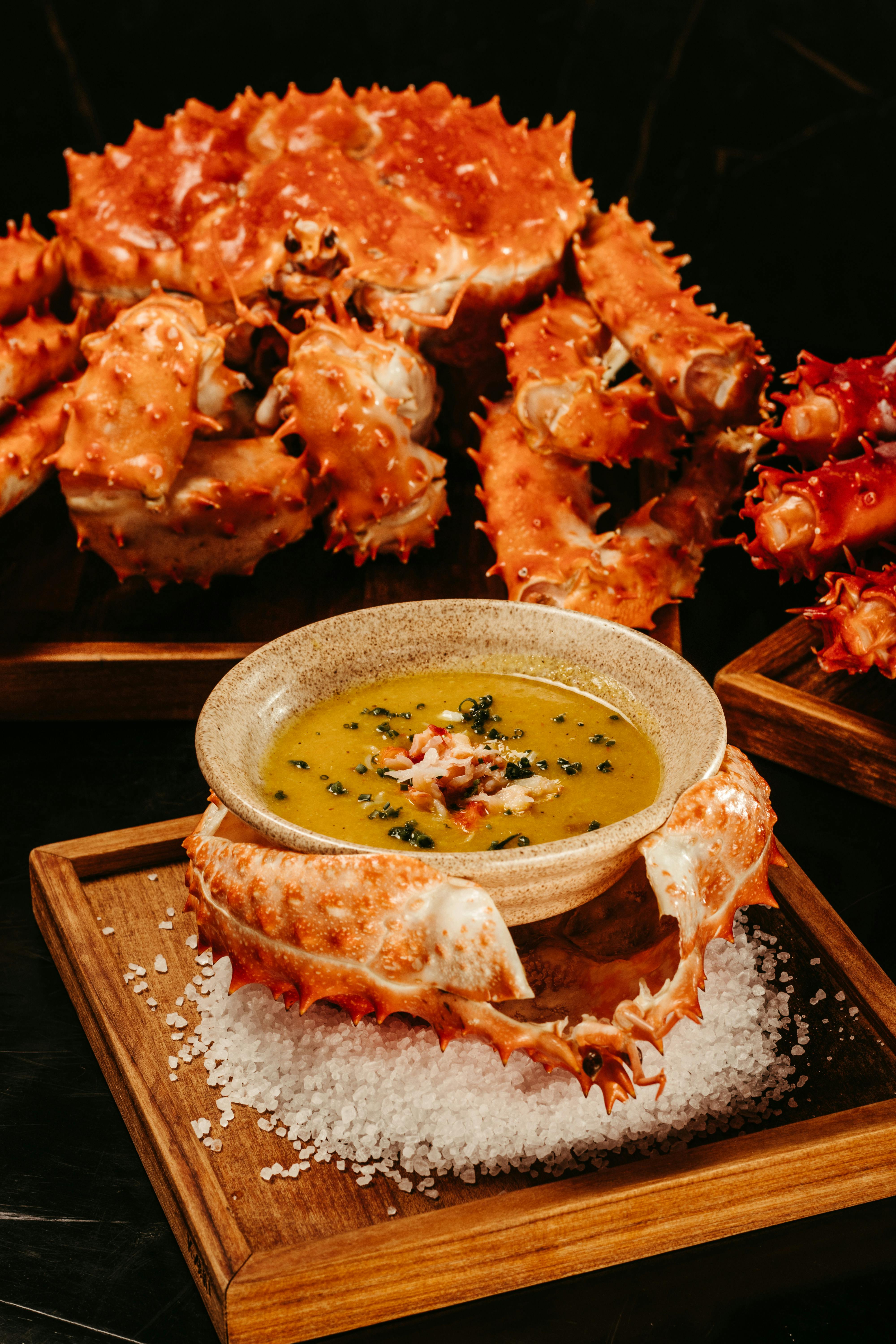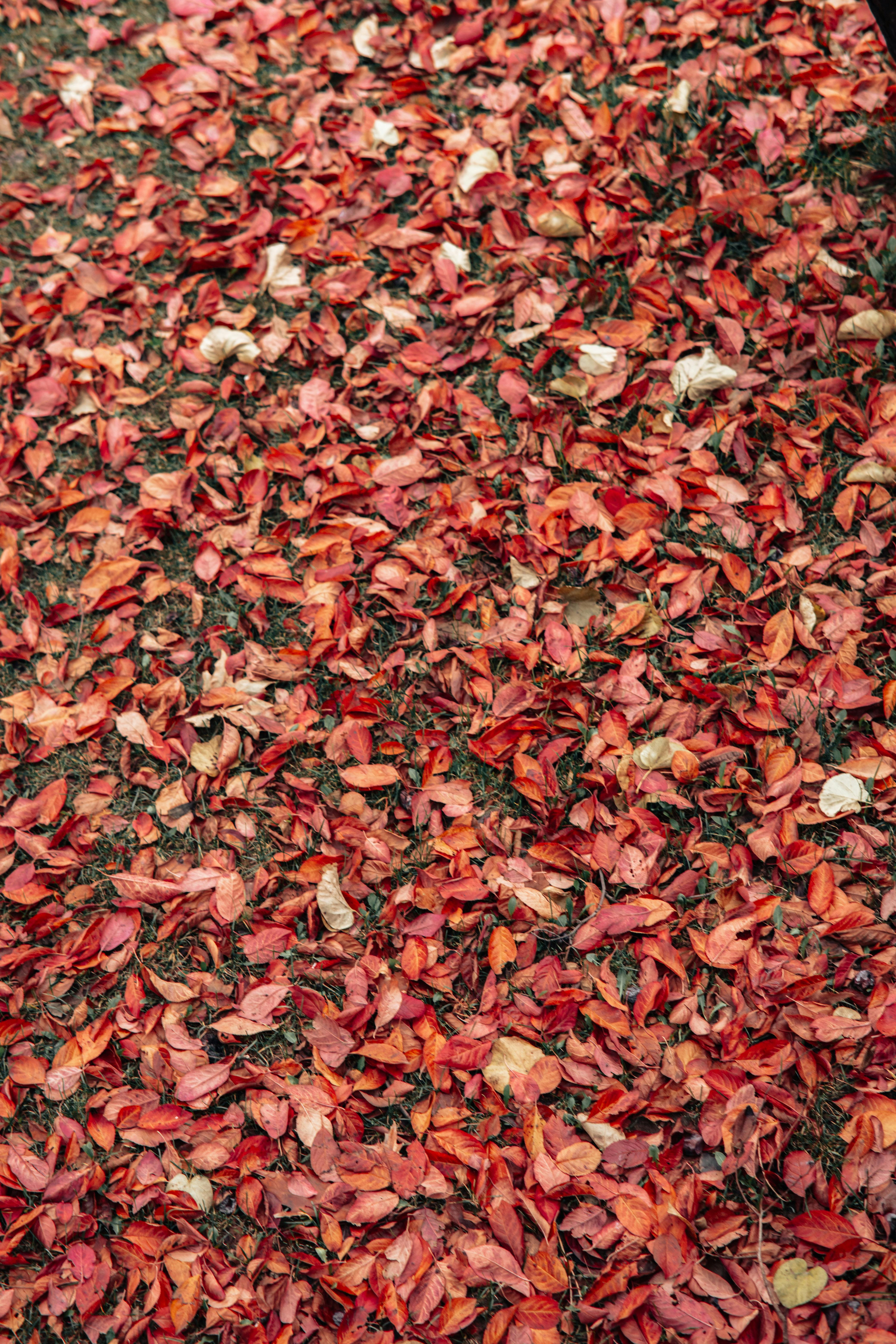Essential Guide to How to Use Chopsticks Effectively in 2025 – Discover Proven Techniques!
Using chopsticks can seem daunting for beginners, but with the right techniques and practice, anyone can master this elegant dining utensil. In this essential guide, we will explore effective methods on how to use chopsticks, including tips for beginners, chopstick grip techniques, and etiquette that will enhance your dining experience, especially with sushi and noodles.
Chopsticks are not only a tool for eating; they are deeply intertwined with Asian dining culture. Understanding their history, styles, and proper use will help you enjoy various cuisines while respecting traditions. Throughout the article, you will find practical advice, step-by-step instructions, and visuals to make your journey into chopstick mastery enjoyable.
Key takeaways include the importance of choosing the right chopsticks, mastering the grip, and practicing effective techniques. By the end of this guide, you'll have the confidence to use chopsticks to enjoy your favorite dishes!

Choosing the Right Chopsticks for Beginners
Before diving into how to use chopsticks effectively, it’s essential to understand that not all chopsticks are created equal. Beginners should select a pair that is easy to handle and fits their hand comfortably. Here are some features to consider:
Types of Chopsticks
Chopsticks vary greatly across different cultures, with distinct styles used in countries like China, Japan, and Korea. For beginners, it's advisable to choose wooden chopsticks as they provide a good grip and reduce slippage compared to metal or plastic options.
Chopstick Materials
Chopsticks can be made from wood, bamboo, plastic, metal, and even silicone. Each material has its advantages; however, wood or bamboo models are often recommended for novices due to their lightweight and ease of use.
Best Chopsticks for Beginners
Seek out beginner-friendly options that feature a broader front end for better grip. Modern innovations, such as chopstick forks or adaptive chopsticks, can also aid in learning to hold them correctly and allow for a smooth transition into traditional chopstick use.
With the right chopsticks chosen, you can now focus on the techniques for holding chopsticks correctly. Understanding how to hold chopsticks is crucial for effective use.
Holding Chopsticks Correctly: Essential Techniques
Effective chopstick usage starts with understanding the proper grip. This section will guide you through the basic methods to hold your chopsticks and practice your skills.
Chopsticks Basic Grip
To hold chopsticks correctly, start by resting one chopstick in the web between your thumb and index finger. The second chopstick should be positioned similarly but will be the active stick controlled by your fingers to pinch food. This basic grip is the foundation for mastering advanced techniques.
Chopstick Orientation
Ensure that your chopsticks are parallel to each other when lifting food. They should be positioned comfortably about one inch apart to allow for effective pinching without losing the food. This orientation is essential for precision and to avoid common mistakes, such as dropping food.
Chopstick Training Tools
For beginners, engaging with chopstick training tools can significantly enhance skill development. There are various aids available, such as chopstick holders that guide your fingers and help establish desired grip positioning. These can be perfect for younger users or those transitioning to traditional chopsticks.
Now that you are familiar with holding chopsticks correctly, it's time to explore some effective techniques you can practice at home.
Effective Techniques for Mastering Chopsticks
Utilizing chopsticks effectively goes beyond just the grip; it involves practicing techniques to improve your dexterity and confidence in various culinary scenarios.
Chopstick Exercises
Practice is key! Start by using chopsticks to pick up small objects like marshmallows or pieces of uncooked rice. This exercise sharpens finger dexterity and improves control. Gradually transition to picking up larger food items to simulate real dining scenarios.
Common Mistakes with Chopsticks
Many beginners encounter typical challenges such as holding chopsticks too far apart or relying too much on just the fingertips. Acknowledging these common mistakes allows you to correct your technique early on and avoid developing bad habits.
Advanced Chopstick Techniques
Once you've mastered the basic grip and effective exercises, you can delve into advanced techniques, like mastering sushi and noodles with chopsticks. Practice rolling your chopsticks in smooth movements, enabling you to pick up slippery sushi or delicate noodle dishes easily.
Having learned effective techniques, let’s explore the etiquette for using chopsticks, an essential aspect of dining gracefully in Asian culture.
Etiquette for Using Chopsticks
Using chopsticks correctly also means adhering to cultural etiquette, which can enhance your dining experience and show respect for the traditions associated with this utensil.
Chopstick Etiquette for Restaurants
When dining at restaurants, it’s essential to be mindful of how you place your chopsticks when not in use. Placing them flat on the table or on a chopstick rest shows respect. Avoid sticking chopsticks upright in a bowl of rice, as this mimics funeral rites in many cultures.
Chopsticks and Sushi
When eating sushi, it’s often simple to use chopsticks, but remember to take small pieces and ensure they are parallel to one another. A common consideration is that it’s sometimes acceptable to eat sushi with your hands, especially in more casual settings.
Understanding Chopsticks in Japanese Culture
Each Asian culture has unique rules and expectations for chopstick usage. For instance, in Japan, passing food directly from chopstick to chopstick is discouraged as it mirrors a funeral custom. Understanding these subtleties enriches your dining experiences across different Asian cuisines.

Chopstick Practice: Making Progress
Building muscle memory with chopsticks needs consistent practice. To truly master chopstick skills, engage in daily practices that gradually increase in complexity.
Daily Chopstick Practice
Incorporate the use of chopsticks into your daily meals. Whether it’s breakfast noodles or lunchtime sushi, consistently using chopsticks helps you improve over time. Practicing with various food types aids in adapting your techniques to different challenges.
Innovative Chopsticks for Training
Consider using educational kits designed for learning chopstick skills. These kits often feature chopsticks with adjustable designs or unique shapes that guide users through the process of effective use. They can be especially beneficial for teaching children.
Engaging with Chopstick Techniques
Participating in chopstick classes or workshops can help accelerate your learning. These classes often provide hands-on experiences, expert demonstrations, and the chance to address common challenges with trained instructors.
Conclusion: Mastering Chopsticks for Culinary Enjoyment
Mastering chopsticks is a valuable skill that allows for better enjoyment of Asian cuisine while embracing cultural heritage. Remember, the journey to effectively using chopsticks involves choosing the right pair, understanding how to hold them correctly, practicing regularly, and respecting dining etiquette across different cultures.
By applying the proven techniques and tips from this guide, any beginner can develop into a chopstick expert. For more insights on Asian dining practices, feel free to check out our related topics on Asian dining etiquette and chopstick styles.
